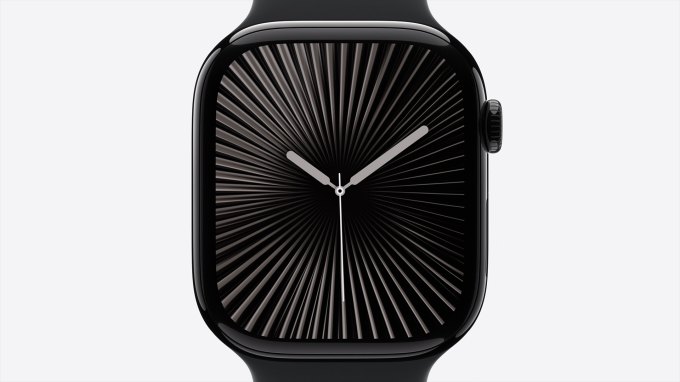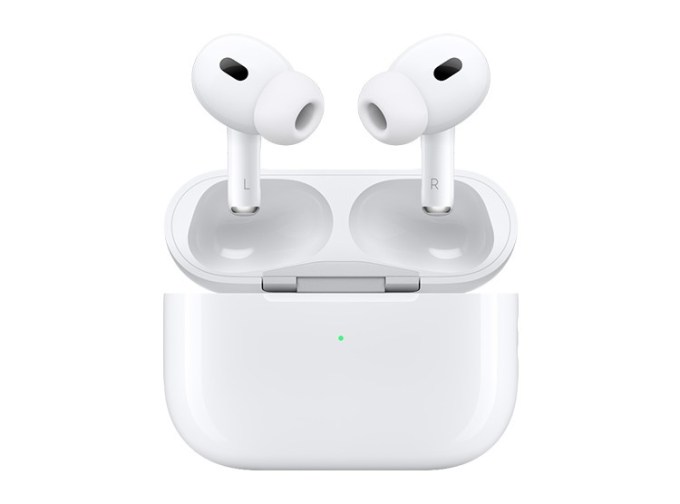As the fall season approaches, tech enthusiasts eagerly anticipate Apple’s annual hardware event, scheduled for September 9 this year. This event is expected to unveil the highly anticipated iPhone 17 series, alongside updates for wearable devices like the Apple Watch and the popular AirPods.
Rumors are swirling about the iPhone 17 lineup, suggesting enhancements such as larger displays and upgraded camera systems. Notably, there are whispers of a new ultra-slim model, potentially dubbed the iPhone Air, which may take the place of the Plus variant.
The iPhone 17 is rumored to undergo a significant redesign, aligning its aesthetics more closely with the Pro models. A larger 6.3-inch display is anticipated, marking a 0.2-inch increase from its predecessor, the iPhone 16. Additionally, a shift to a 120Hz refresh rate display would provide a smoother user experience compared to the current 60Hz standard. The front camera is also expected to receive an upgrade, boasting a 24-megapixel sensor, and new color options like purple and green may be introduced.
On the back, the Pro models are expected to feature a revamped camera layout, with three lenses arranged in a sleek rectangular bar that spans the width of the device. The flash, light sensor, and microphone are likely to be positioned on the right side, while the Apple logo is rumored to be centered for a more balanced look.
In a notable shift, the iPhone 17 Pro may transition from a titanium frame to an aluminum one, potentially reducing production costs and creating a lighter device.
For the iPhone 17 Pro Max, upgrades are expected to be minimal, with the most significant change being a slightly thicker design to accommodate a larger battery, which would be a welcome improvement for users.
Pricing predictions suggest that the iPhone 17 will start around $800, while the Pro Max could be priced at approximately $1,250. The Pro model is expected to retail for around $1,050, although recent leaks indicate a reduction in storage options, with users possibly losing the 128GB variant and only having choices of 256GB, 512GB, or 1TB.

The most exciting speculation surrounds the introduction of the iPhone Air, which is rumored to be the thinnest iPhone to date, measuring just 5.5 mm in thickness—0.08 inches slimmer than current models. This device is expected to feature a 6.6-inch display, positioning it as a direct competitor to other slim smartphones on the market.
Apple’s move towards a thinner design seems to be a strategic response to the growing trend of sleek smartphones, following competitors like Samsung and Huawei. The iPhone Air could potentially surpass the Samsung Galaxy S25 Edge, which measures 5.8 mm thick. Furthermore, this model may pave the way for Apple’s long-rumored foldable device, anticipated to launch in September 2026.
While the sleek design is appealing, it may come with trade-offs. Reports suggest that the iPhone Air may only feature a single rear camera, unlike the dual-camera setup found in the Plus model. Additionally, there are concerns that the design may not allow for a bottom speaker, limiting audio output to the front earpiece.
Pricing for the iPhone Air is speculated to be around $950, with color options including black, silver, and light gold.

In addition to the iPhone announcements, the Apple Watch Ultra 3 is rumored to receive significant updates after a two-year hiatus. Expected enhancements include faster charging, 5G connectivity, and satellite features. A larger display is also on the horizon.
One of the most exciting potential features for both the Ultra 3 and Series 11 is the addition of blood pressure monitoring, which would alert users to abnormal levels. There are also discussions about incorporating sleep apnea detection, although these features may face delays for further refinement.
Apple has recently rolled out a redesigned blood oxygen monitoring feature to some of its existing watch models, hinting that the Ultra 3 may also receive this capability, although its availability in the upcoming watchOS 26 remains uncertain.
The third generation of the Apple Watch SE is not expected to see major changes, aside from a possible larger display. There are ongoing reports of a plastic version being introduced, according to industry insiders.
Expected pricing for the new watches includes $250 for the Apple Watch SE 3, $400 for the Series 11, and $800 for the Ultra 3.

After the launch of the AirPods Pro 2 in 2022, an upgrade seems imminent, with rumors suggesting that the AirPods Pro 3 will feature a more streamlined design, touch-sensitive controls, smaller earbuds, and a slimmer charging case. The anticipated H3 chip is expected to enhance active noise cancellation and adaptive audio capabilities.
This article has been updated to reflect the latest rumors and insights.
Your feedback is invaluable to us as we strive to improve our coverage and events. Please take a moment to share your thoughts through our survey for a chance to win a prize!
